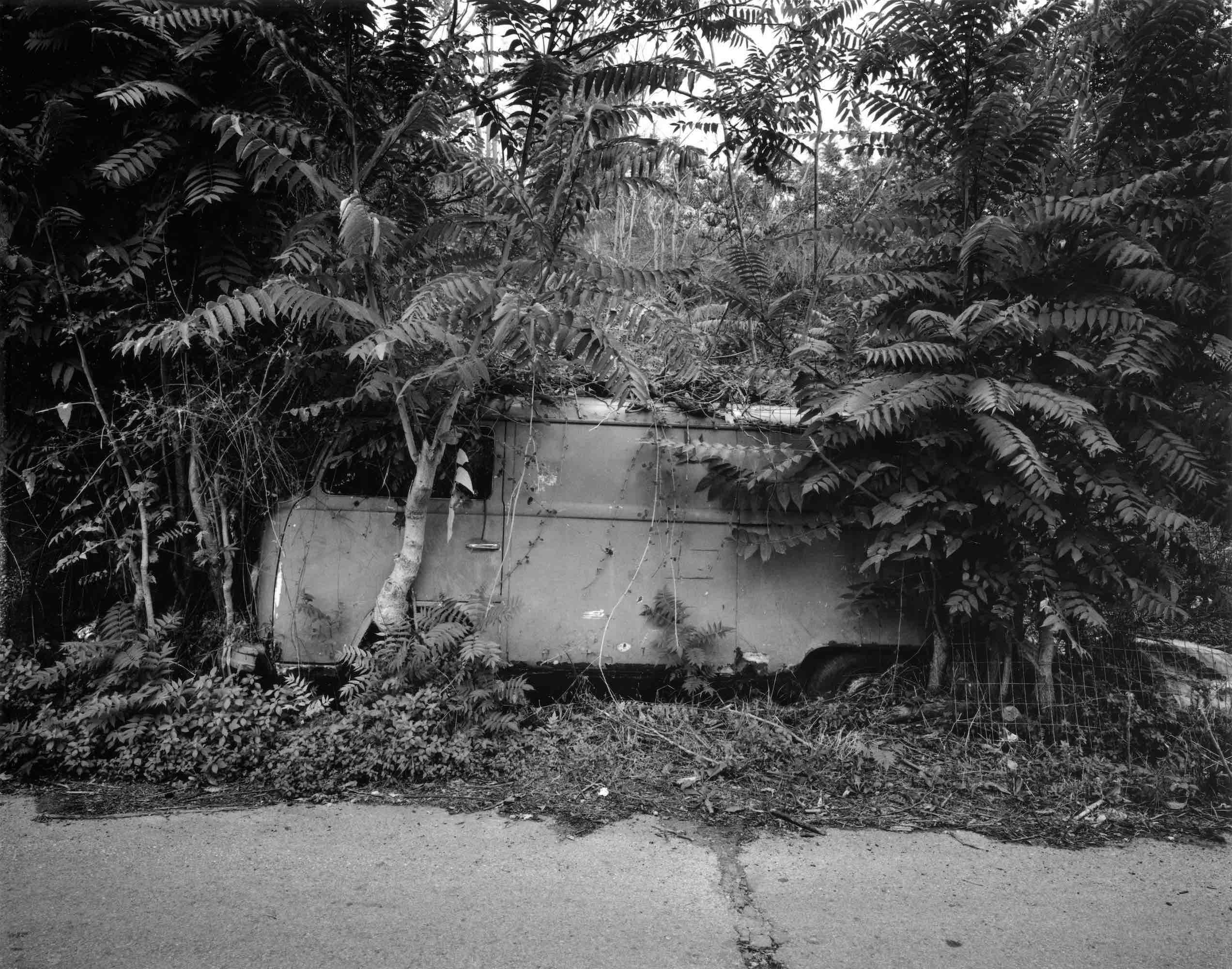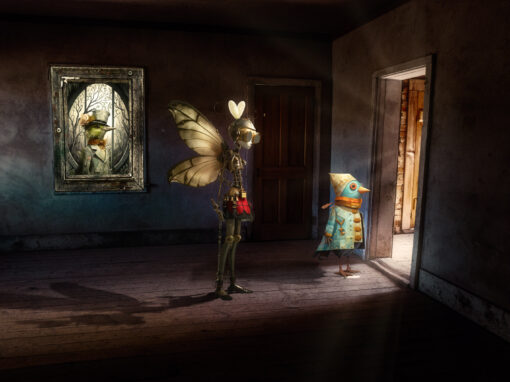In today’s episode, W. Scott Olsen speaks with Paul Hart, a celebrated British landscape photographer and master printmaker who has dedicated over three decades to exploring the complex relationship between humans and the natural world.
His work was published in the 17th edition of FRAMES Magazine.
You can listen to this interview using our podcast player below, but we strongly encourage you to subscribe to the podcast in your podcast app so that you don’t miss any future show episodes.
British photographer Paul Hart has photographed the natural world for over thirty-five years. He is interested in our relationship with the landscape from both a cultural and an environmental perspective and is recognised for his long-term landscape projects, which usually culminate in the publication of a monograph. His work examines human-altered topography and our occupation and stewardship of the land, often concentrating on one specific geographical region where he photographs intensively over a number of years.
Hart works solely with the black and white analogue process, using medium format film cameras, and his practice involves all aspects of the photographic process. He is known as a leading printmaker and his work resides in major public and private collections, including the Victoria & Albert Museum, the MoMA Library, the Hyman Collection, and the Martin Parr Foundation.
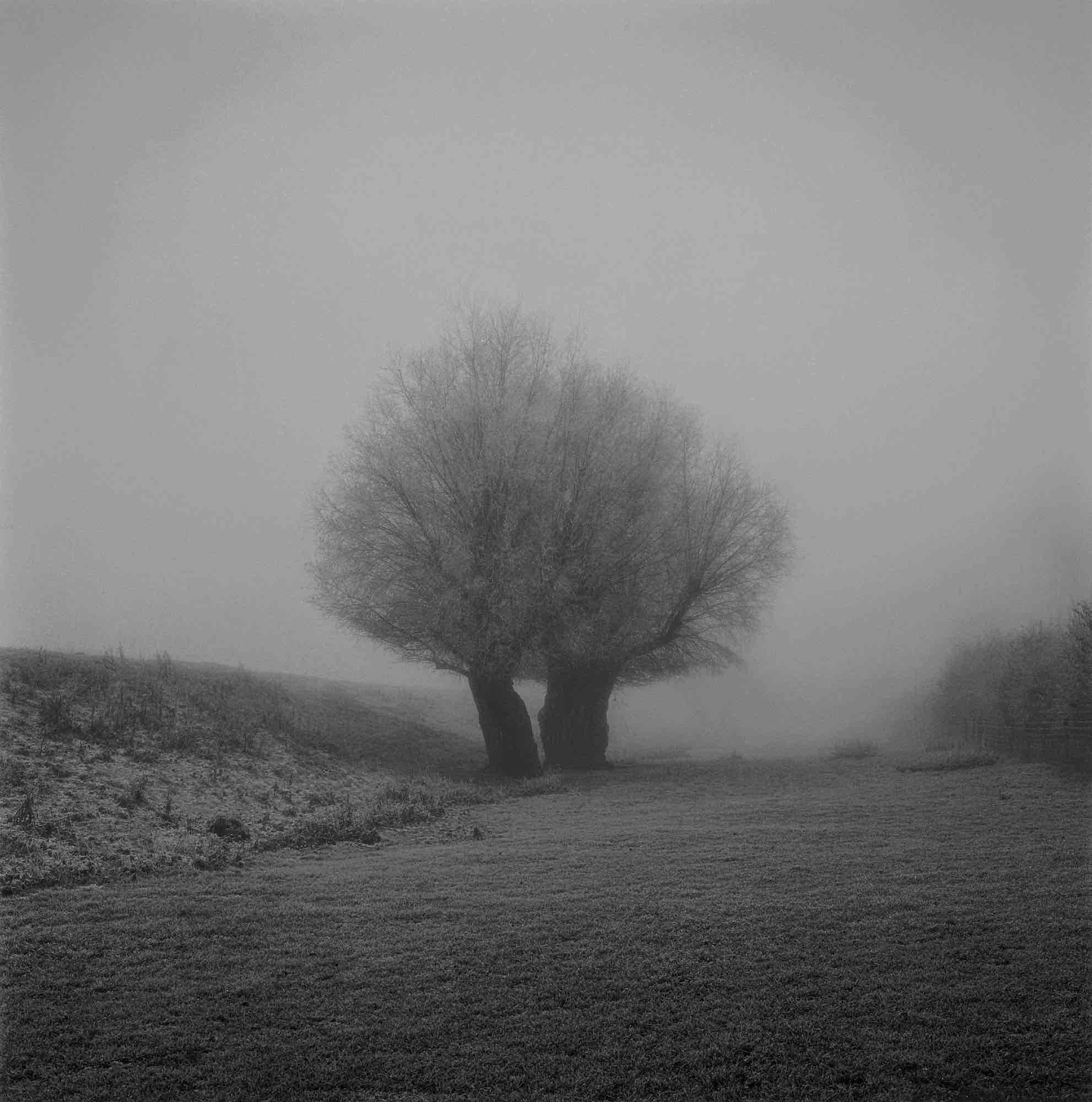
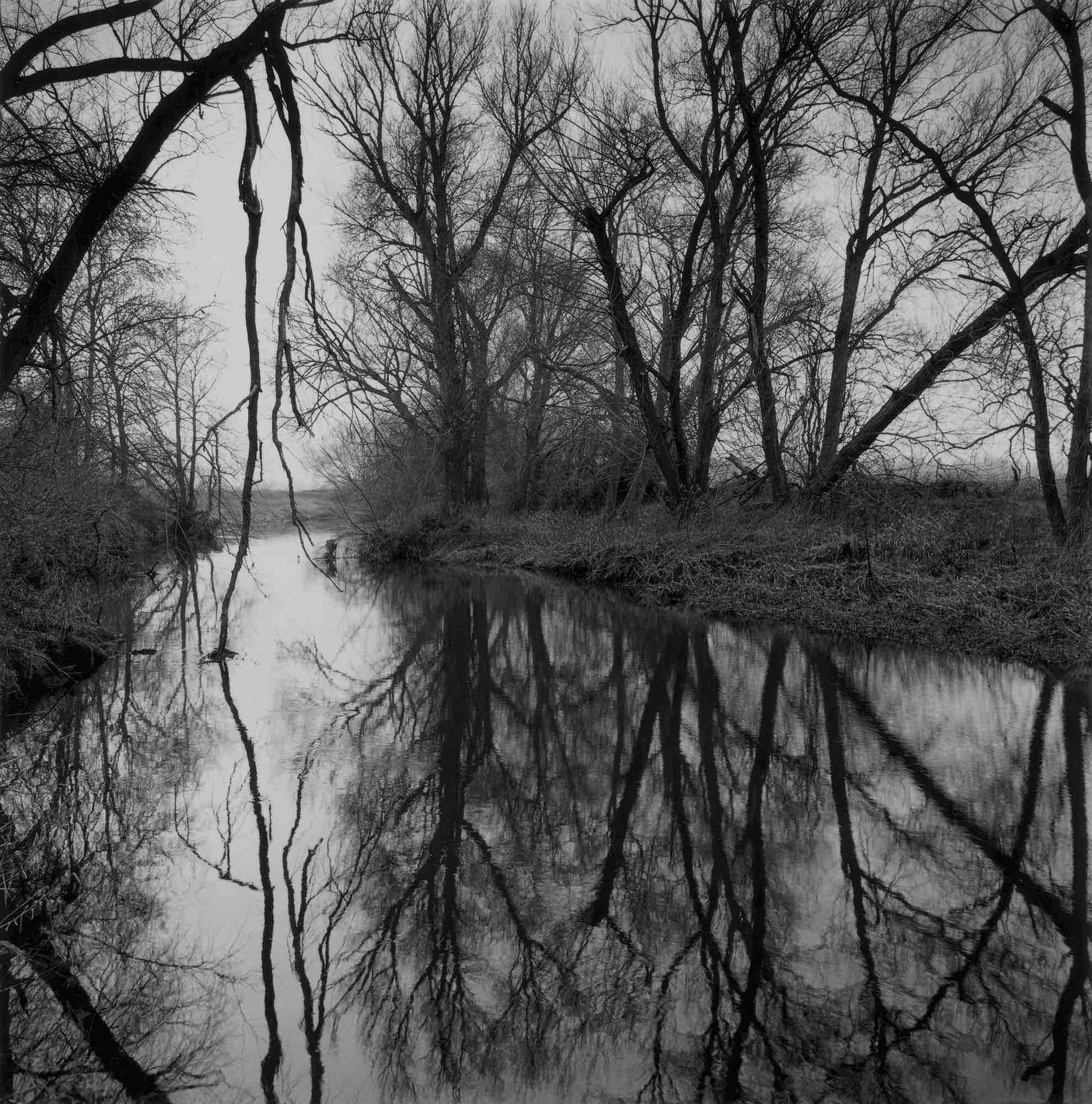
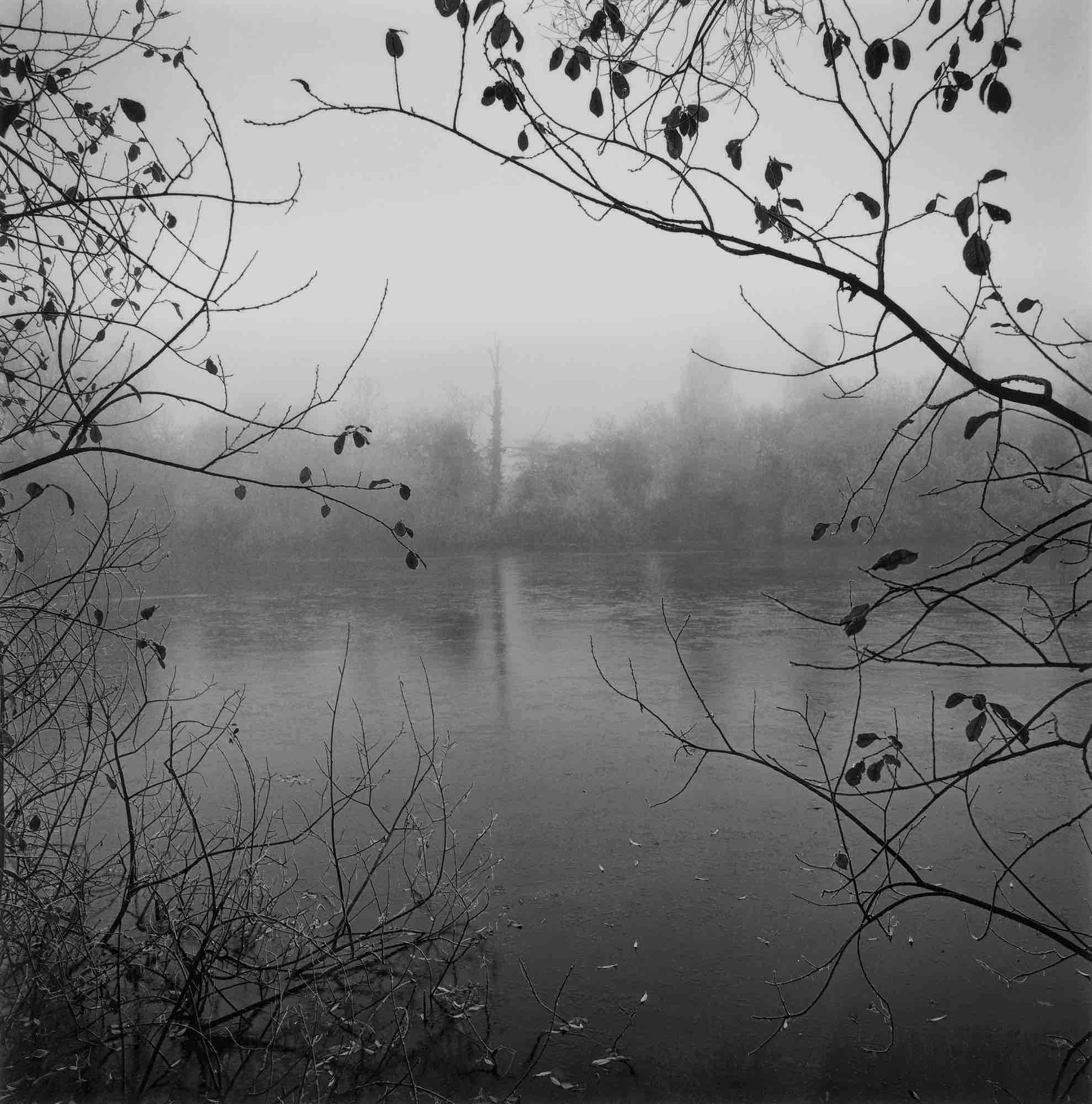
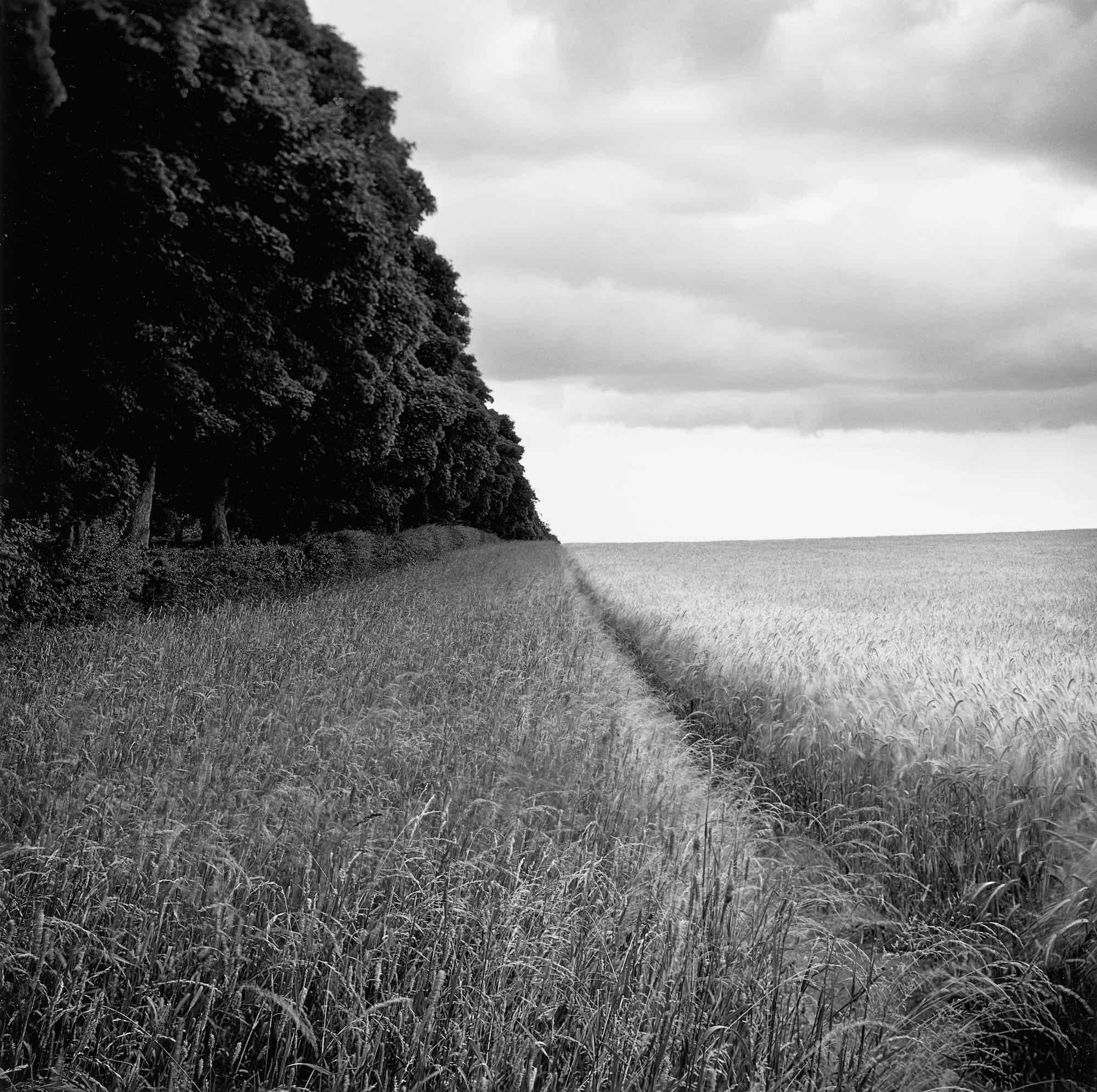
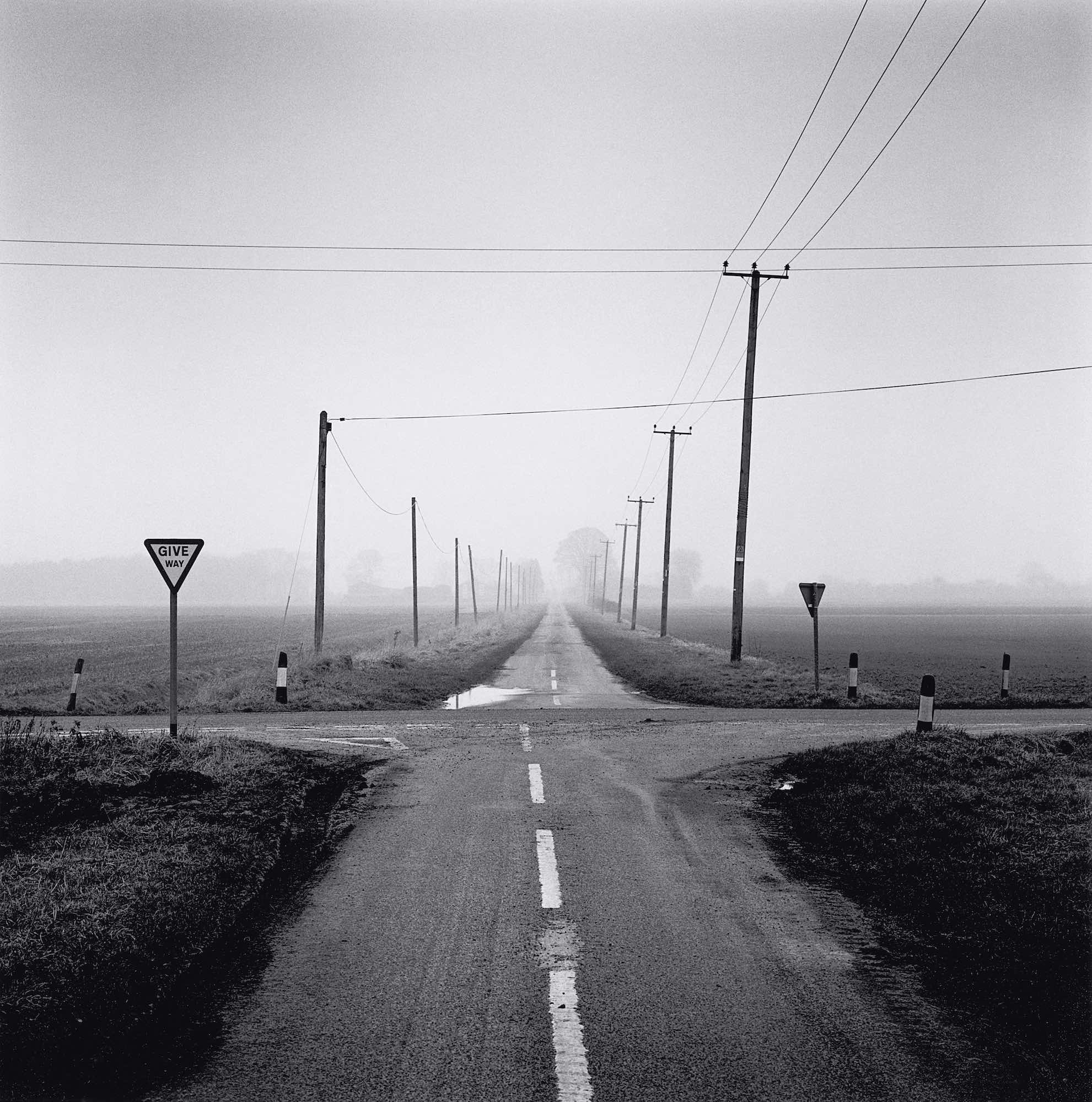
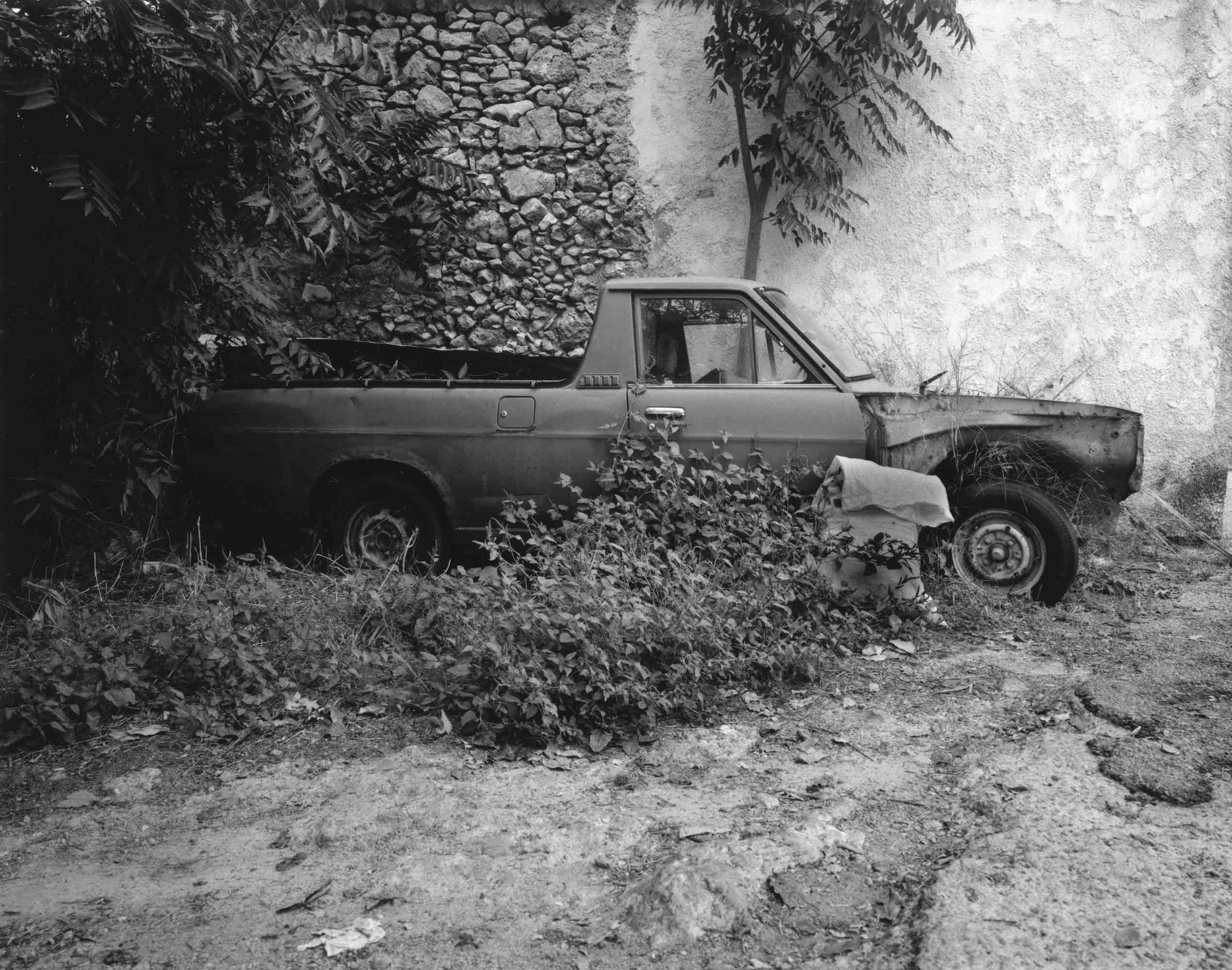
PAUL HART
Subscribe to FRAMES Photography Podcast.

